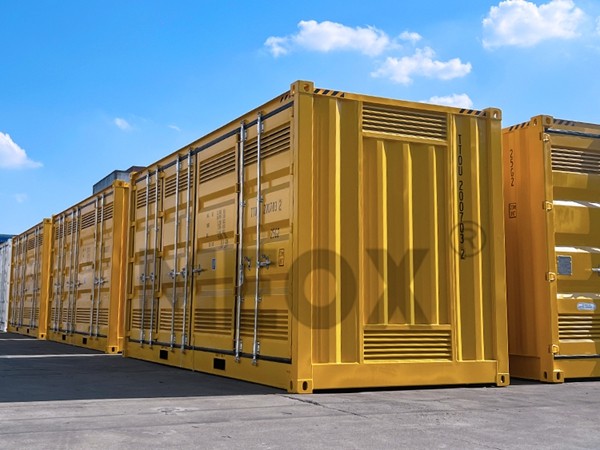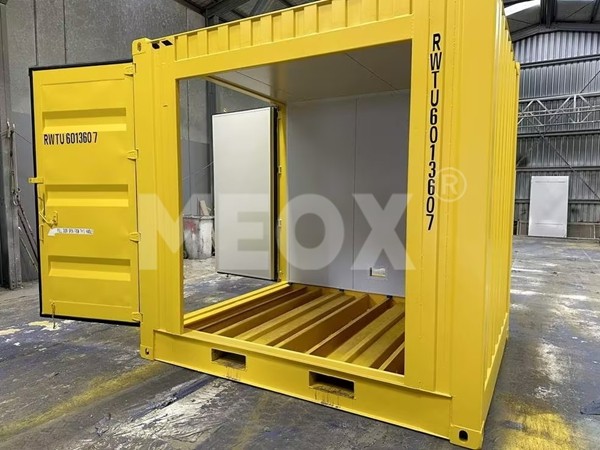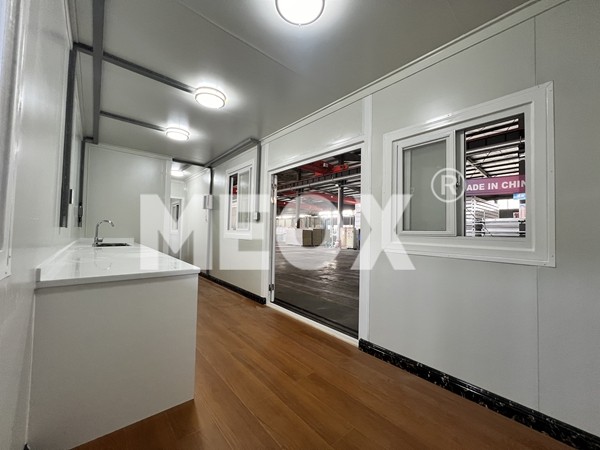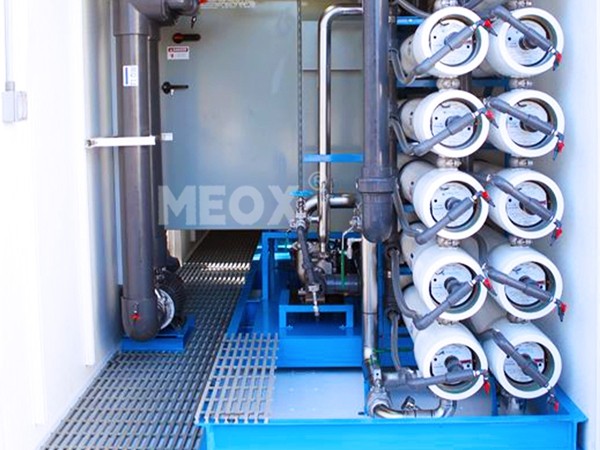In today’s competitive global marketplace, the 40-foot reefer high cube container stands out as a pivotal innovation in the logistics and shipping industry. These specialized containers are essential for the transportation of temperature-sensitive goods across vast distances, ensuring products reach their destinations in optimal condition. Understanding the significance of these containers can greatly enhance logistical strategies, particularly for businesses dealing with perishable goods.

The 40-foot reefer high cube container provides a 9’6 height, offering more space compared to standard containers. This increased capacity allows businesses to ship a larger volume of goods, effectively reducing the unit cost of shipping. For companies transporting high volumes of temperature-controlled perishable items like fruits, pharmaceuticals, or seafood, this is an invaluable advantage. With approximately 2,700 cubic feet of storage space, the high cube design maximizes load efficiency without compromising the insulation and cooling capabilities essential for reefer containers.
Reefers are equipped with cutting-edge refrigeration technology that offers precise climate control, an asset in maintaining the integrity of goods. Typically, these containers can maintain temperatures ranging from -30°C to +30°C, offering flexibility to a wide range of products. This control ensures that goods remain in premium condition, reducing potential waste due to spoilage. Notably, in the pharmaceutical industry, such precision is critical as many medications require strict temperature compliance to maintain efficacy.

Having emerged as an industry standard, 40-foot reefer high cube containers earn their prominence not just due to their capacity but also their adaptability and resilience. They are designed to withstand various environmental conditions, including cold, heat, and humidity. This robustness is crucial for long-haul sea voyages where containers must navigate fluctuating climates while preserving their internal environment.
Furthermore, the seamless integration of smart technology has elevated the usability of these containers. Advanced monitoring systems provide real-time data on location, temperature, and humidity levels. This data is invaluable to logistics teams, allowing them to mitigate risks associated with temperature fluctuations and reassess shipping plans dynamically. Such technologies enhance trust—companies are assured that their goods are constantly monitored and safeguarded against unexpected variables.40 reefer high cube
One core strength of the 40-foot reefer high cube is its compliance with international shipping standards, ensuring seamless transit through various customs and regulatory frameworks. This reliability is matched by the ease of retrofitting these models with additional features based on industry-specific needs. For instance, outfitting a reefer with extra temperature sensors or enhanced insulation layers can further align its capabilities with specific product requirements.
Looking at the sustainability perspective, the use of these containers also supports greener shipping initiatives. Modern reefer containers are increasingly energy efficient, equipped with eco-friendly cooling systems that consume less energy. Coupled with the increased capacity of a high cube, this efficiency translates into lower carbon emissions per kilogram of goods transported. For businesses aspiring to reduce their ecological footprint, leveraging 40-foot high cube reefers presents a viable eco-conscious transportation method.
The market for 40-foot reefer high cube containers is also characterized by an evolving network of providers, each vying to offer more advanced and reliable solutions. As a result, businesses have the leverage to choose partners that match their logistical needs precisely, balancing cost, efficiency, and technological capabilities.
In essence, the 40-foot reefer high cube container exemplifies the intersection of innovation and practicality in the shipping industry. Its comprehensive advantages—capacity, climate control, resilience, and sustainability—position it as an unparalleled solution for businesses seeking to streamline their supply chains while safeguarding the quality of their goods. As logistical demands continue to evolve, investing in these versatile containers can not only optimize current operations but also strategically prepare enterprises for future challenges.






